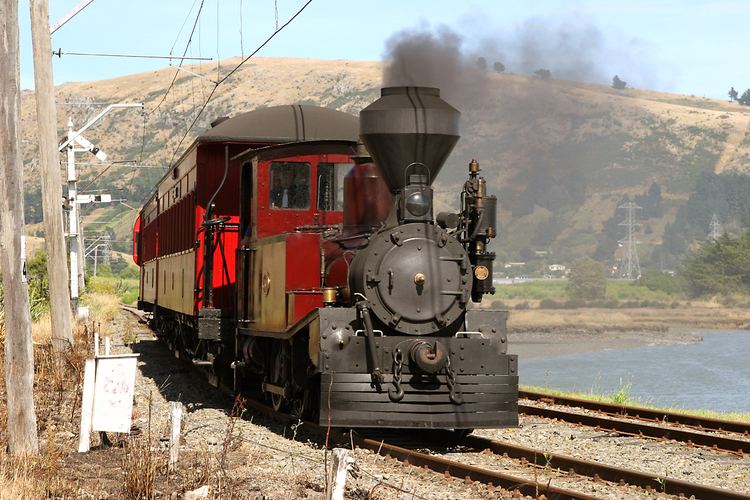Power type Steam Configuration 2-4-0T Gauge 3 ft 6 in (1,067 mm) | Build date 1874–1890 UIC class 1B nt | |
 | ||
Builder | ||
NZR D class steam tank locomotives operated on New Zealand's national railway network. The first entered service in 1874 all had been withdrawn by the end of 1927, which allowed the D classification to be used again in 1929.
Contents
Introduction
The boiler and cylinders were the same as the slightly earlier C class, but its driving wheels had a larger diameter and it was aesthetically different from the C. The class was ordered in a number of batches: eight from Neilson and Company in 1874, five from Dübs and Company and four from Neilson in 1878, seven from Neilson in 1880, ten from Scott Brothers in 1887, and the final D from Scott Brothers in 1890. The order with Scott Brothers, placed in 1884, was the first large-scale construction of locomotives in New Zealand.
Names
Four of the 1874 locomotives were named:
Operation
The class was not particularly powerful and was employed on light duties, sometimes achieving speeds of 72.4 km/h (45 mph) on a level grade. They often saw service on commuter trains between Christchurch and Lyttelton until superior locomotives took their place, and they were utilised at other major locations on the South Island's east coast. In the North Island, D 137 was used in 1905 as part of a "railcar" trial service between Lower Hutt and Upper Hutt, hauling a carriage that seated 24 first class passengers, 48 second class passengers, and had a guard's compartment. It was inspired by locomotive/carriage combinations the General Manager of NZR witnessed in the eastern United States. The combination was overpowered and uneconomic and did not last long in service.
Withdrawal
The first D to leave NZR's service went to the Public Works Department in 1899, and three more followed in the next two years, one to the PWD and the other two to private businesses. The rest of the class continued to operate for over a decade. Withdrawal began during World War I; the class had long since been superseded by newer and more powerful engines, but they were ideally sized for private sidings and bush tramways, so many were sold rather than scrapped. Only eight remained in service at the start of 1920, and the last left NZR in May 1927. The PWD and private industries continued to use them for decades - a few examples survived into the 1960s. This included D 137, which operated until 1963 on the truncated portion of the Hutt Valley Line that remained as an industrial rail siding for the Gear Meat Preserving and Freezing Company.
Preservation
Seven locomotives have been preserved, with two operational. The first to be returned to operational condition was D 16, owned by the Pleasant Point Museum and Railway, followed by D 140 at the Ferrymead Railway. D 6 is unrestored at the Ocean Beach Railway, D 137 and D 143 are awaiting restoration at the Silver Stream Railway, D 170 is on static display at Helensville station, and D 221 is on static display in Centennial Park in Kaitaia and its sister (number unknown) is in a paddock in Kaingaroa.
